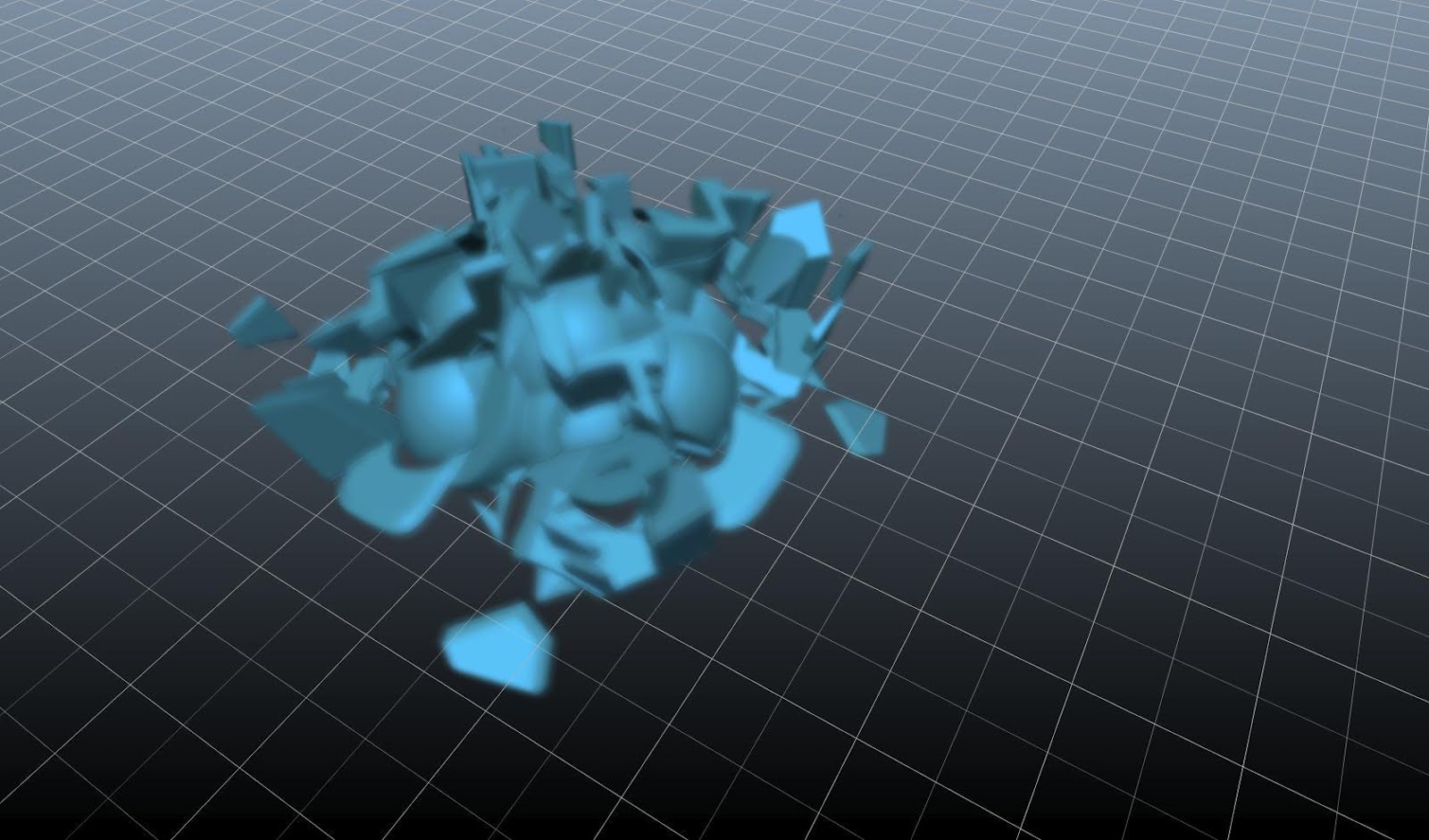

It can assist doctors to understand the true emotions of patients. For example, emotion recognition is helpful to the diagnosis of depression, schizophrenia, and other mental diseases. Recently, the study of emotion recognition is mainly used in psychology, emotional calculation, artificial intelligence, computer vision, and medical treatment, etc. It is significant to recognize emotions correctly in many fields.

Emotions occupy an important position in daily life and work. Moreover, emotion is an important representation of safety psychology.Įmotions are not only physiological states of the various feelings, thoughts, and behaviors of integrated humans but also psychological and physiological reactions produced by various external stimulation. This paper will help researchers quickly understand the basic theory of emotion recognition and provide references for the future development of EEG. Then, we review the existing EEG-based emotional recognition methods, as well as assess their classification effect. In this paper, we describe the common steps of an emotion recognition algorithm based on EEG from data acquisition, preprocessing, feature extraction, feature selection to classifier. EEG-based emotion recognition has been widely used in human-computer interaction, medical diagnosis, military, and other fields. Changes in emotions can cause differences in electroencephalography (EEG) signals, which show different emotional states and are not easy to disguise. 2Patent Examination Cooperation (Henan) Center of the Patent Office, CNIPA, Zhengzhou, ChinaĮmotions are closely related to human behavior, family, and society.1The Boiler and Pressure Vessel Safety Inspection Institute of Henan Province, Zhengzhou, China.Haoran Liu 1*†, Ying Zhang 2†, Yujun Li 1 and Xiangyi Kong 1


 0 kommentar(er)
0 kommentar(er)
